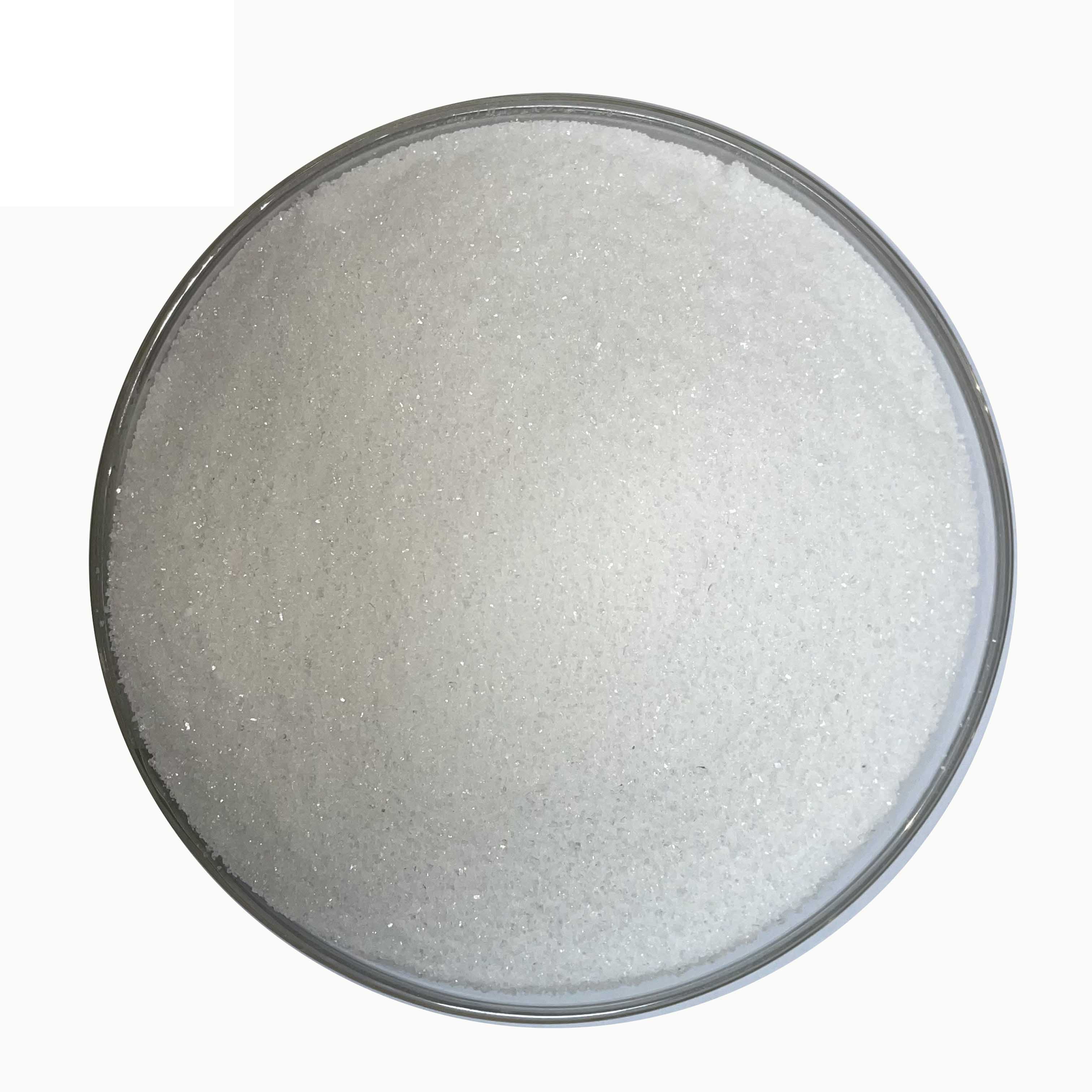
Nov . 11, 2024 01:45 Back to list
Effective High Nitrogen Fertilizers for Thriving Garden Growth and Enhanced Plant Health
High Nitrogen Fertilizer for Your Garden A Comprehensive Guide
When it comes to nurturing a thriving garden, understanding the role of fertilizers is crucial. Among the different types of fertilizers available, high nitrogen fertilizers play a pivotal role, especially for leafy greens and plants that require robust growth. This article will explore the benefits of high nitrogen fertilizers, how to use them effectively, and the best types available for garden enthusiasts.
Understanding Nitrogen in Gardening
Nitrogen is one of the three primary nutrients essential for plant growth, alongside phosphorus and potassium. It is a vital component of amino acids, proteins, and chlorophyll, making it crucial for processes like photosynthesis and overall plant development. A high nitrogen fertilizer typically contains more than 15% nitrogen, making it highly effective for stimulating leafy growth and enhancing the lushness of your plants.
Benefits of High Nitrogen Fertilizers
1. Boosts Leaf Growth High nitrogen fertilizers are particularly beneficial for leafy vegetables such as lettuce, spinach, and kale. They promote rapid growth, ensuring abundant foliage that is both nutritious and appealing.
2. Improves Photosynthesis A nitrogen-rich environment enhances chlorophyll production in plants, leading to better photosynthesis rates. This means your plants can convert sunlight into energy more efficiently, ultimately supporting healthier growth.
3. Enhances Overall Plant Health Adequate nitrogen levels can help improve resistance to diseases and stress, making plants hardier and more resilient.
When to Use High Nitrogen Fertilizers
high nitrogen fertilizer for garden

Timing and application are critical when using high nitrogen fertilizers. They are best applied during the growing season when plants are actively growing and need additional nutrients. Spring is usually the prime time to introduce high nitrogen fertilizers, particularly for annuals and vegetables.
However, it's essential to avoid over-fertilizing, as excess nitrogen can lead to lush growth at the expense of blooms and fruit production. For flowering plants and those producing fruits, a balanced or lower nitrogen fertilizer might be more appropriate later in the growing season.
Types of High Nitrogen Fertilizers
1. Synthetic Options Synthetic fertilizers, such as ammonium nitrate or urea, are high in nitrogen and act quickly. They are often more concentrated and can deliver immediate benefits to plants, although they can contribute to soil acidification if used excessively.
2. Organic Sources For those seeking a more sustainable approach, organic high nitrogen fertilizers like blood meal, fish emulsion, or composted manure are excellent options. While they might have a slower release rate compared to synthetic options, they improve soil health over time and provide a broader range of nutrients.
3. Slow-Release Fertilizers These are designed to release nutrients gradually, which helps prevent nutrient leaching and reduces the risk of over-fertilization. They are ideal for homeowners who prefer a low-maintenance approach to fertilization.
Applying High Nitrogen Fertilizers
When applying high nitrogen fertilizers, follow the instructions on the packaging for proper dosage. It's prudent to start with a lower amount and gradually increase it as needed. Additionally, always water your plants thoroughly after application to help the nutrients penetrate the soil and reach the root system efficiently.
In conclusion, high nitrogen fertilizers can be a gardener’s best friend when used correctly. They are instrumental in promoting lush, leafy growth and overall plant health. By understanding when and how to apply these fertilizers, you can ensure a thriving garden full of vibrant greens and healthy plants. Happy gardening!
-
Premium 8 12 16 Fertilizer – High-Efficiency Compound & Granular NPK Supplier
NewsJun.10,2025
-
High Quality Agricultural Grade NPK Fertilizer Manufacturer & Supplier Reliable Factory Price
NewsJun.10,2025
-
Organic Fertilizer for Corn Boost Yield Sustainably
NewsJun.10,2025
-
Organic Fertilizer for New Plants Natural Growth Boost & Eco Nutrients
NewsJun.10,2025
-
Optimized Hydroponic NPK Fertilizer – Fast Growth & Nutrients
NewsJun.09,2025
-
Top-Rated NPK Fertilizer for Fruit Trees - Boost Growth & Yield
NewsJun.09,2025
